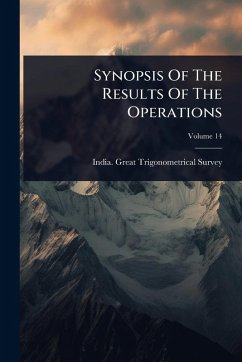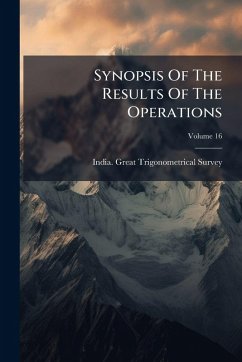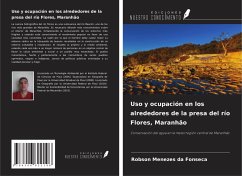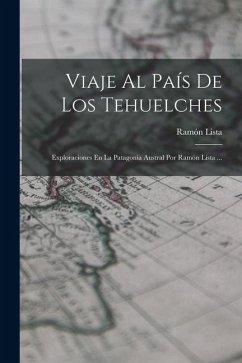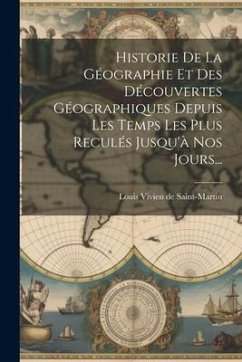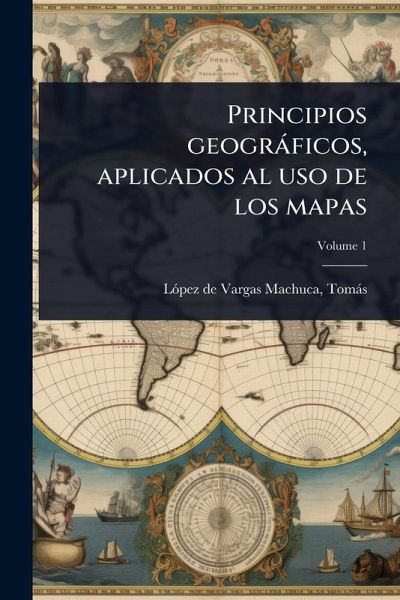
Principios geogràficos, aplicados al uso de los mapas
Versandkostenfrei!
Versandfertig in über 4 Wochen
20,99 €
inkl. MwSt.

PAYBACK Punkte
10 °P sammeln!
Principios geogràficos, aplicados al uso de los mapas, Volume 1, by Tomàs LÃ3pez de Vargas Machuca, offers a detailed exploration of geographic principles as they relate to map usage. Published in 1795, this volume provides valuable insights into the cartographic knowledge of the late 18th century in Spain. LÃ3pez de Vargas Machuca, a prominent Spanish cartographer, presents a comprehensive guide for understanding and interpreting maps, making it an essential resource for students, scholars, and anyone interested in the history of geography and cartography. This work showcases the methodol...
Principios geogràficos, aplicados al uso de los mapas, Volume 1, by Tomàs LÃ3pez de Vargas Machuca, offers a detailed exploration of geographic principles as they relate to map usage. Published in 1795, this volume provides valuable insights into the cartographic knowledge of the late 18th century in Spain. LÃ3pez de Vargas Machuca, a prominent Spanish cartographer, presents a comprehensive guide for understanding and interpreting maps, making it an essential resource for students, scholars, and anyone interested in the history of geography and cartography. This work showcases the methodologies and understandings of geographic representation prevalent during its time, reflecting the scientific and intellectual currents of the era. A fascinating glimpse into the development of geographic science, this book remains a significant historical document. This work has been selected by scholars as being culturally important, and is part of the knowledge base of civilization as we know it. This work was reproduced from the original artifact, and remains as true to the original work as possible. Therefore, you will see the original copyright references, library stamps (as most of these works have been housed in our most important libraries around the world), and other notations in the work. This work is in the public domain in the United States of America, and possibly other nations. Within the United States, you may freely copy and distribute this work, as no entity (individual or corporate) has a copyright on the body of the work. As a reproduction of a historical artifact, this work may contain missing or blurred pages, poor pictures, errant marks, etc. Scholars believe, and we concur, that this work is important enough to be preserved, reproduced, and made generally available to the public. We appreciate your support of the preservation process, and thank you for being an important part of keeping this knowledge alive and relevant.





